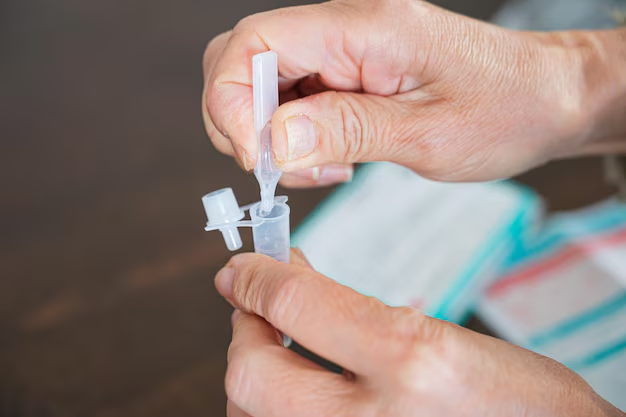Understanding Medicare Coverage for Test Strips
Managing diabetes effectively hinges on regular blood sugar monitoring, and for many, this means consistently using blood glucose test strips. If you're on Medicare, you might wonder how many test strips are covered each month—a valid and vital question given their cost and importance.
How Many Test Strips Does Medicare Cover?
Medicare Part B, which covers durable medical equipment, provides coverage for blood glucose testing supplies if you have diabetes, whether you use insulin or not. Generally, Medicare covers:
- Up to 100 test strips and lancets every month for insulin-dependent individuals.
- Up to 100 test strips and lancets every three months for those who are non-insulin dependent.
If your physician prescribes more frequent testing than the standard allowable amount, documentation will be required to justify the need. This approach ensures that your health needs are met specifically as they pertain to your management of diabetes.
Expanding Beyond Test Strips: Navigating Government Aid Programs
While understanding your Medicare coverage for test strips is essential, it's just one part of navigating your healthcare and financial well-being. If you're grappling with the costs of diabetes management or other out-of-pocket medical expenses, government aid programs could be highly beneficial.
For instance, Medicaid may offer additional support depending on your state's policies and your eligibility, often covering services beyond what Medicare offers. There are also state-specific programs assisting low-income beneficiaries with medical expenses, which might provide additional coverage for diabetic supplies.
Managing Medical Costs with Financial Assistance
Financial strains can emerge from medical costs, and it's crucial to explore financial assistance programs:
- Pharmaceutical assistance programs often provide free or low-cost medications and supplies for eligible individuals, potentially lightening the burden of purchasing necessary diabetic supplies like test strips.
- Organizations like the American Diabetes Association often have resources and information on financial assistance and patient advocacy you can utilize.
Exploring Credit Solutions
In managing healthcare expenses, some individuals turn to credit solutions to ease short-term financial strain. Options include:
- Medical credit cards designed for health-related expenses. They often provide short-term, interest-free financing options.
- Personal loans targeted for medical expenses can spread out the cost over longer periods with manageable monthly payments.
Educational Grants and Opportunities
Another valuable avenue to explore is educational grants or opportunities, especially if you’re looking to bolster your financial knowledge or advance in a new career path to enhance your income potential. Organizations frequently offer:
- Scholarships for courses related to financial literacy or healthcare management.
- Grants aimed at low-income families to secure educational advancements.
Closing the gap between managing diabetes and maintaining overall financial health involves an integrated approach. By using the available government aid programs, financial assistance options, and educational opportunities, you can alleviate some of the burdens associated with chronic medical conditions like diabetes.
Here's a handy list of programs and solutions to further assist you:
- ✨ Medicare Part B: Coverage for test strips
- 💊 Pharmaceutical Assistance: Access to affordable supplies
- 🏛️ State Medicaid Programs: Supplementary healthcare support
- 🏦 Medical Credit Cards/Loans: Short-term financial solutions
- 🎓 Educational Grants & Scholarships: Furthering financial literacy and earning potential
Understanding and leveraging these resources can lead you to a more stable financial future and improved health management.

Related Topics
- Am I Elgible For Medicare
- Am I Enrolled In Medicare
- Am I Qualified For Medicare
- Are Adult Diapers Covered By Medicare
- Are Chemotherapy Drugs Covered By Medicare Part d
- Are Colonoscopies Covered By Medicare
- Are Covid Tests Covered By Medicare
- Are Cpap Machines Covered By Medicare
- Are Cpap Supplies Covered By Medicare
- Are Dental Implants Covered By Medicare